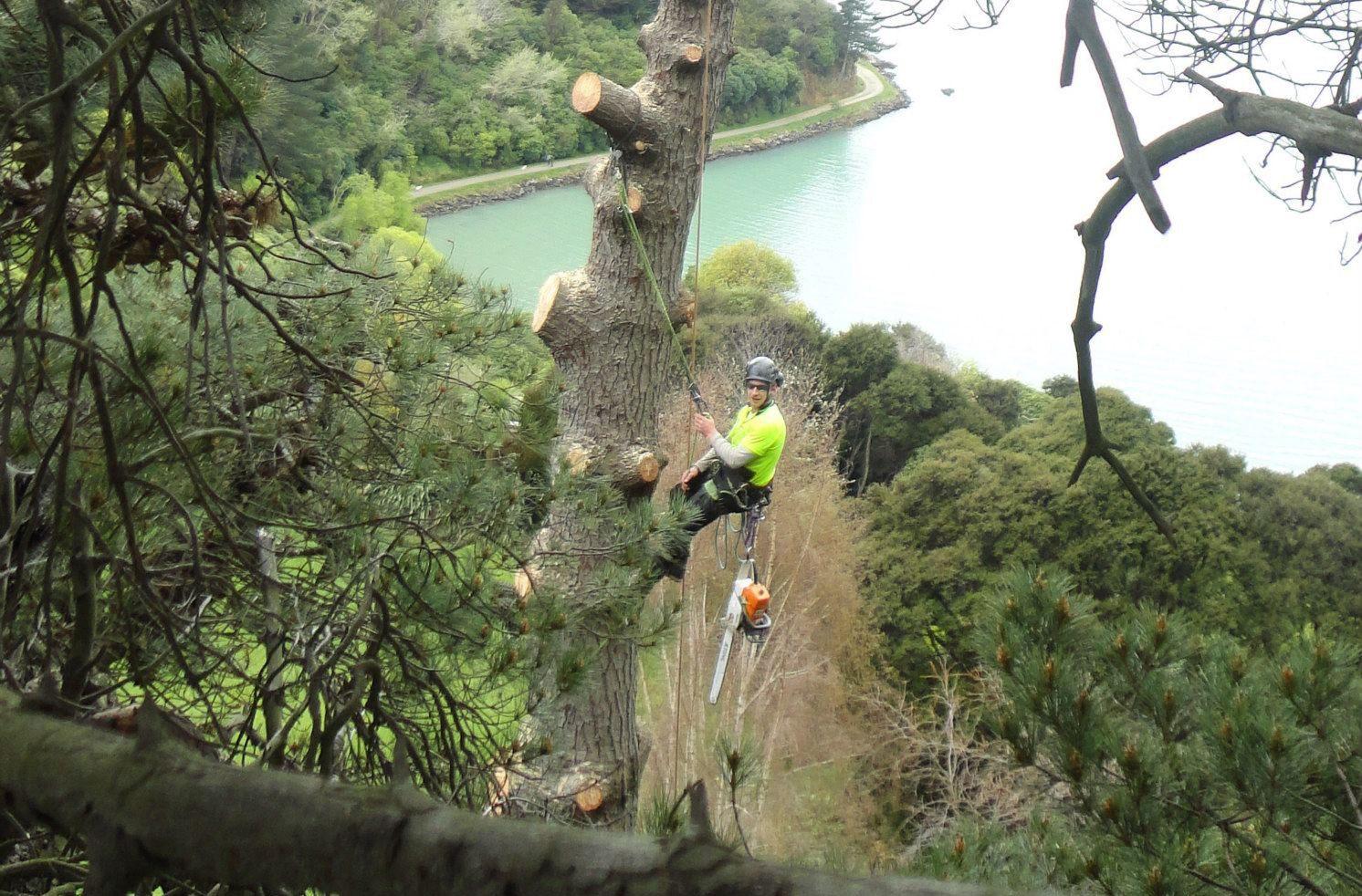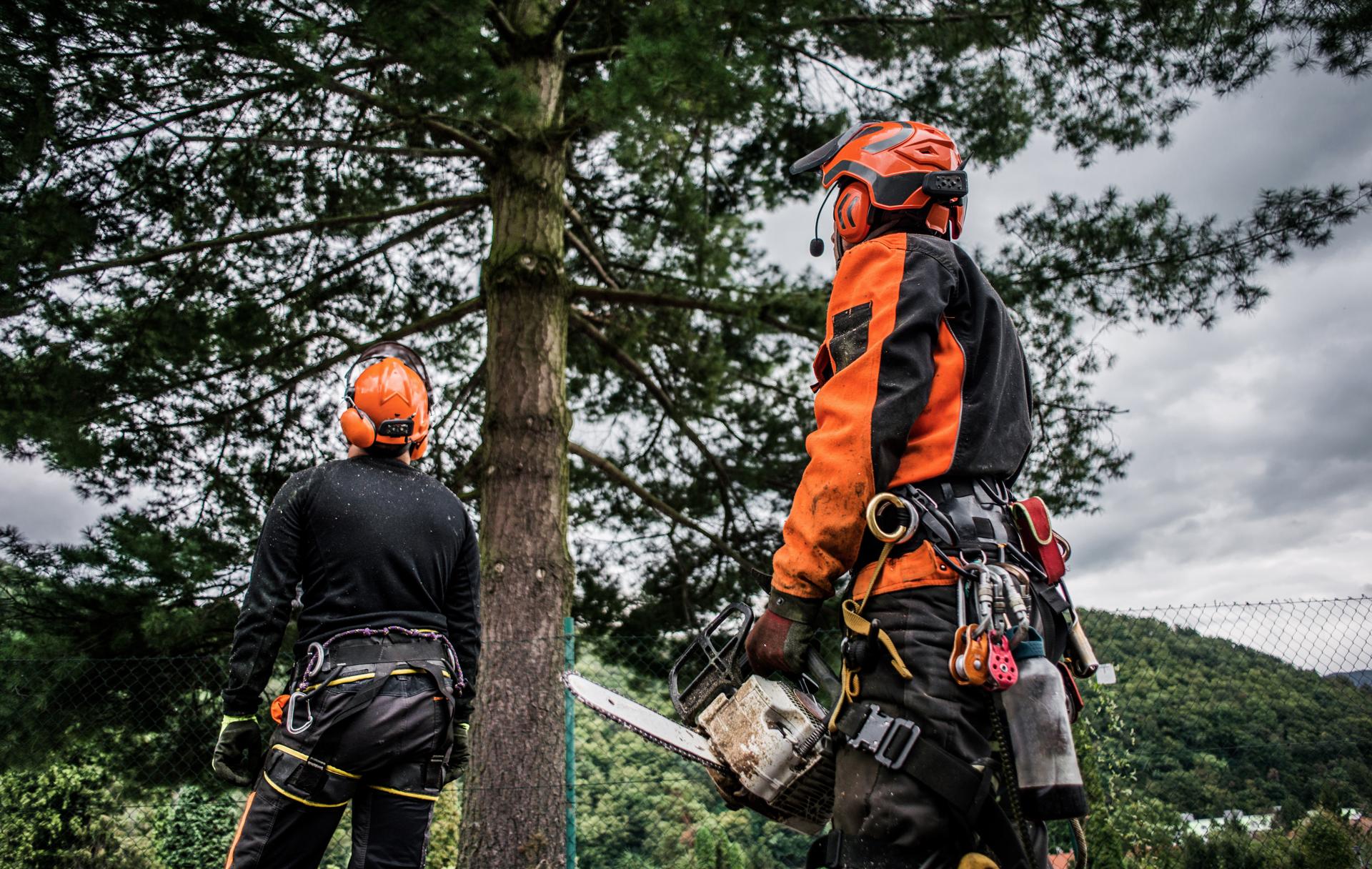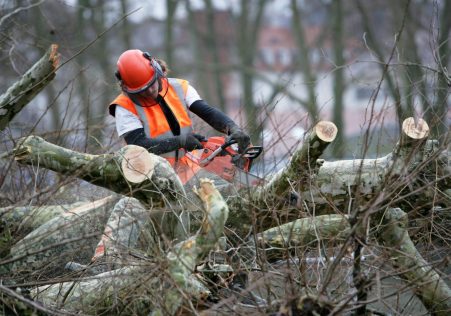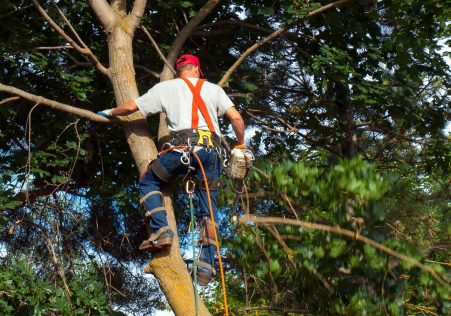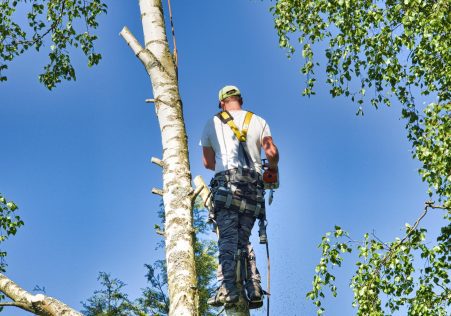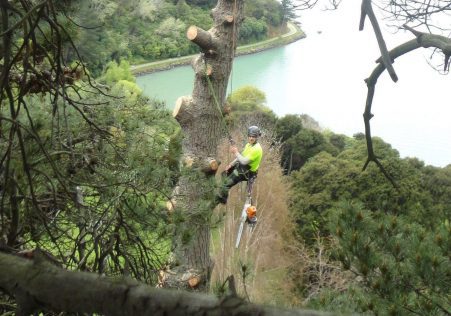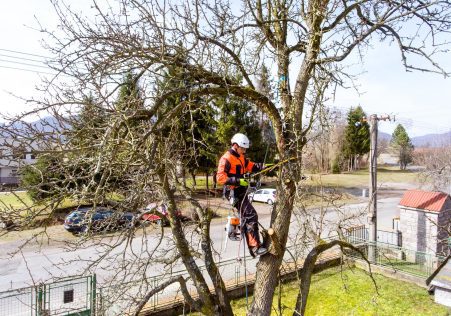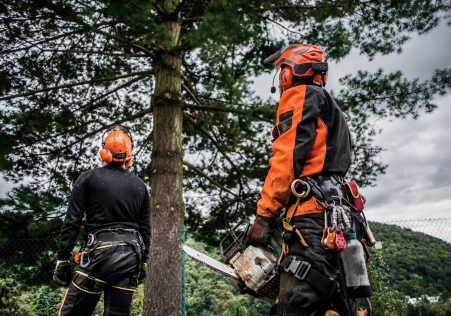It's the Length of Time Roots Continue to Live
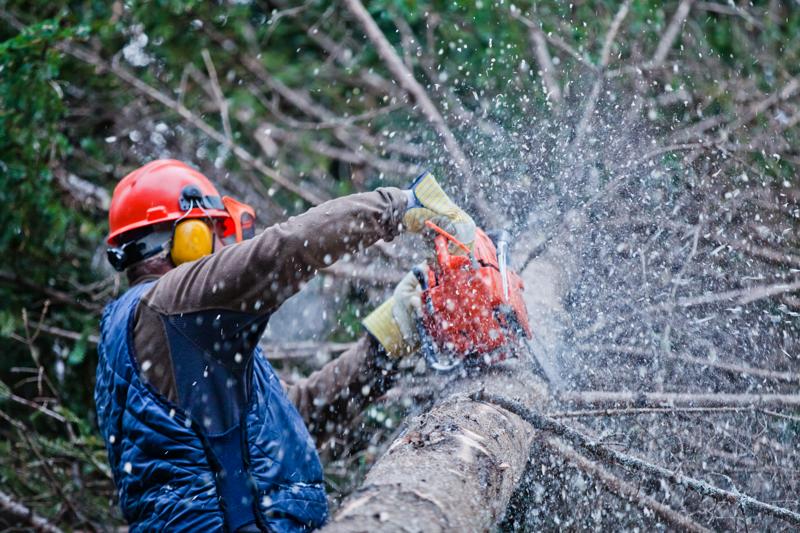
Tree removal is a crucial task for homeowners, but it’s not as easy as cutting off the trunk and leaving the roots to decay. Understanding the longevity of tree roots is vital for ensuring your removal is completed properly and safely. This article we will explore the length of time the roots of trees last after a tree is cut down and answer many of the frequently asked questions regarding this subject.
How long do the tree’s roots last after cutting them down?
The time span for the tree’s roots after it is cut down may vary widely based on the kind of tree, the length of the root, and the conditions in which they are located. In general, it is possible to conclude that tree roots continue to exist for a long time after the tree is cut down. This is due to the fact that the roots are capable of absorbing moisture and nutrients from soil, long after the plant is removed.
The factors that determine the longevity of Tree Roots
There are several aspects that impact the longevity of tree roots after a tree is taken down. A few of them are the species of trees There are certain species of trees that have roots that are more robust and longer-lasting than others. For example oak tree roots are known to last for a long time after the tree was cut down. Size of roots: The larger the tree’s roots are, the longer they will likely live after the tree is removed. The reason for this is that larger roots are more able to absorb water and nutrients out of the soil. Environment conditions: The soil kind, temperature, and the level of moisture in the area that trees were removed could influence the lifespan that the root system. In the event that the soil has become dry and compacted, the roots are likely to decompose more rapidly. In the case of soil that is moist and well-drained, the roots will last longer.
What happens to the tree Roots After cutting them down?
When trees are cut down the roots slowly start to break down. This process may take a few years dependent on the variables that were discussed earlier. In this period, the roots will slowly discharge nutrients to the soil, which is beneficial to other plants that are in the vicinity. Once the roots have fully decayed, they’ll no longer be a danger to the surrounding landscapes or structures.
FAQs:
Do tree roots grow back after cutting them down?
No, tree roots cannot regenerate after a tree has been cut down. Once the roots are removed, they will gradually begin to break down and no longer be capable of regrowing.
Can tree roots continue to expand after cutting them down?
Tree roots will not continue to grow after a tree is taken down. However, they’ll remain alive for a number of years because they’re still capable absorption of nutrients and moisture from the soil.
Do tree roots continue to grow after the cutting?
The roots of trees won’t continue to grow after a tree has been taken down. Once the tree has been taken down, the roots are slowly beginning to break down and will cease to pose a threat to surrounding structures or landscapes.
Conclusion:
In conclusion, the longevity of tree roots after a tree has been cut down can vary greatly depending on several factors. Understanding the length of time that tree roots will live is vital to ensure that the tree removal process is completed in a safe and secure manner. If you own trees that need to be removed, it’s recommended to employ an expert Penrith Tree Trimming arborist to carry out the job. Our highly skilled and knowledgeable arborists have the necessary tools and know-how to safely and effectively remove trees and address any concerns regarding the longevity of the roots. Contact us today by calling 0480 024 203 to schedule a consultation and learn the details about our services for tree removal in Penrith. Don’t risk damaging your property or putting yourself in danger when you attempt to take down a tree on your own. Let the experts from Penrith Tree Trimming handle all of your tree removal requirements.

